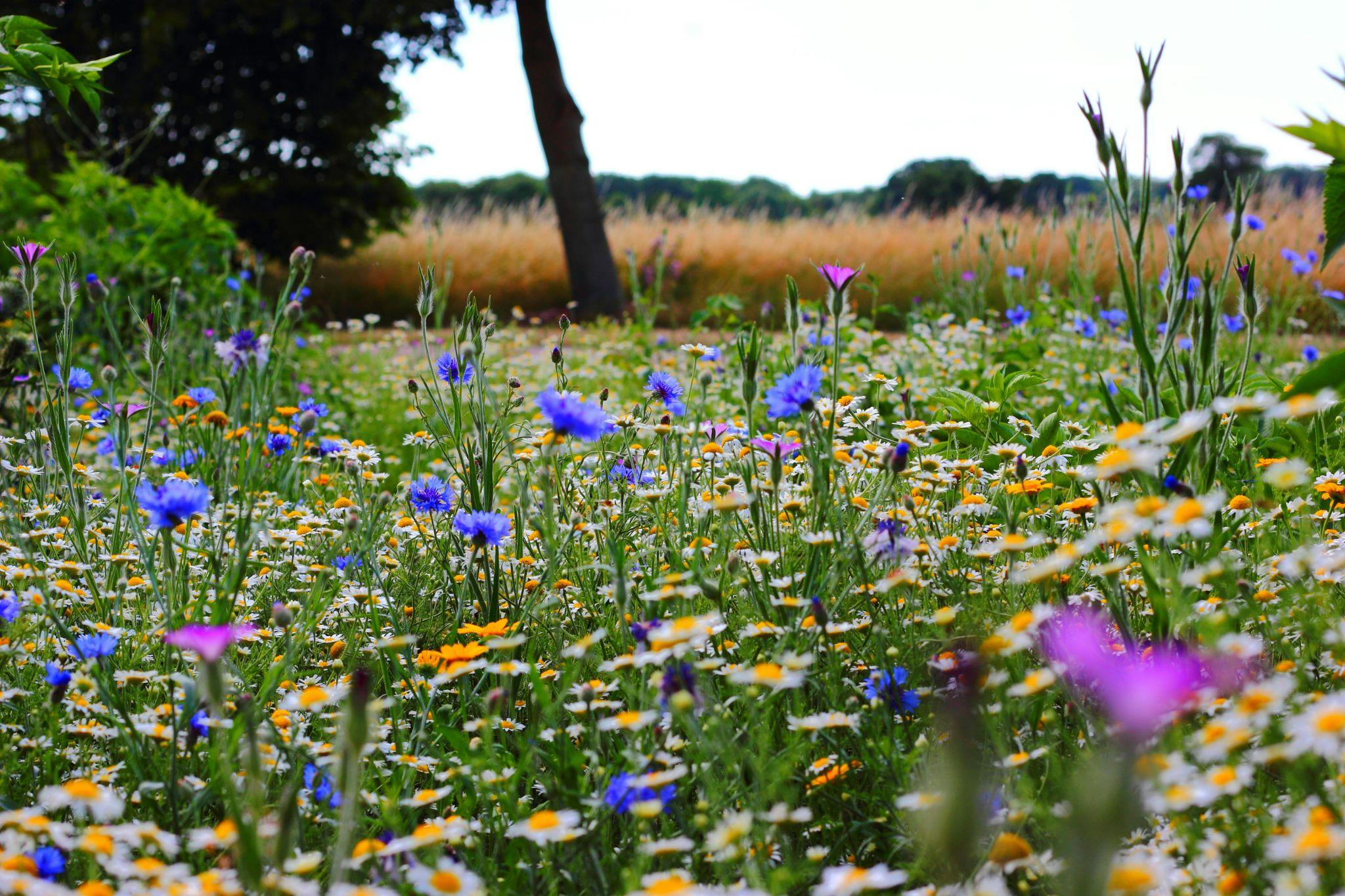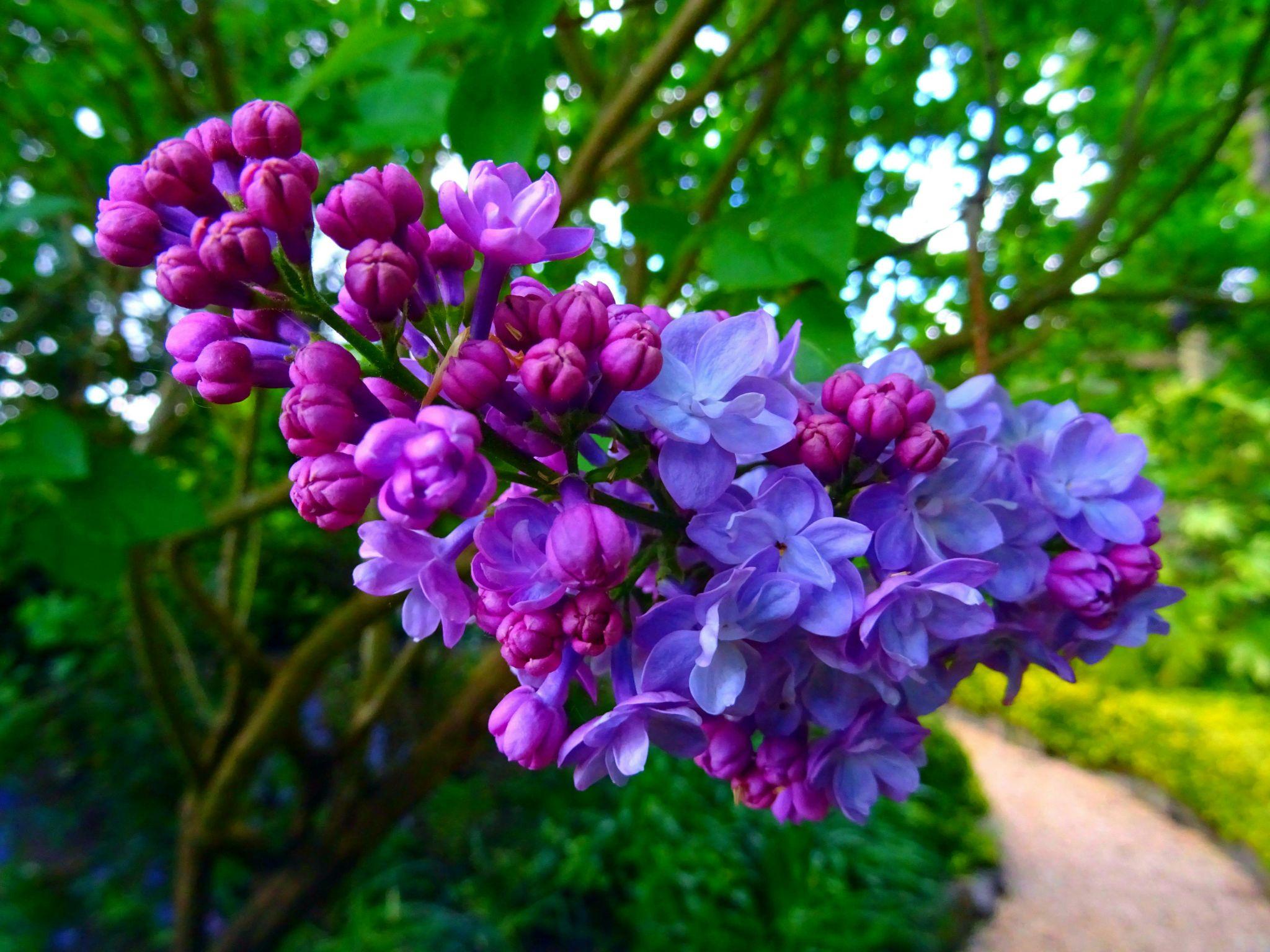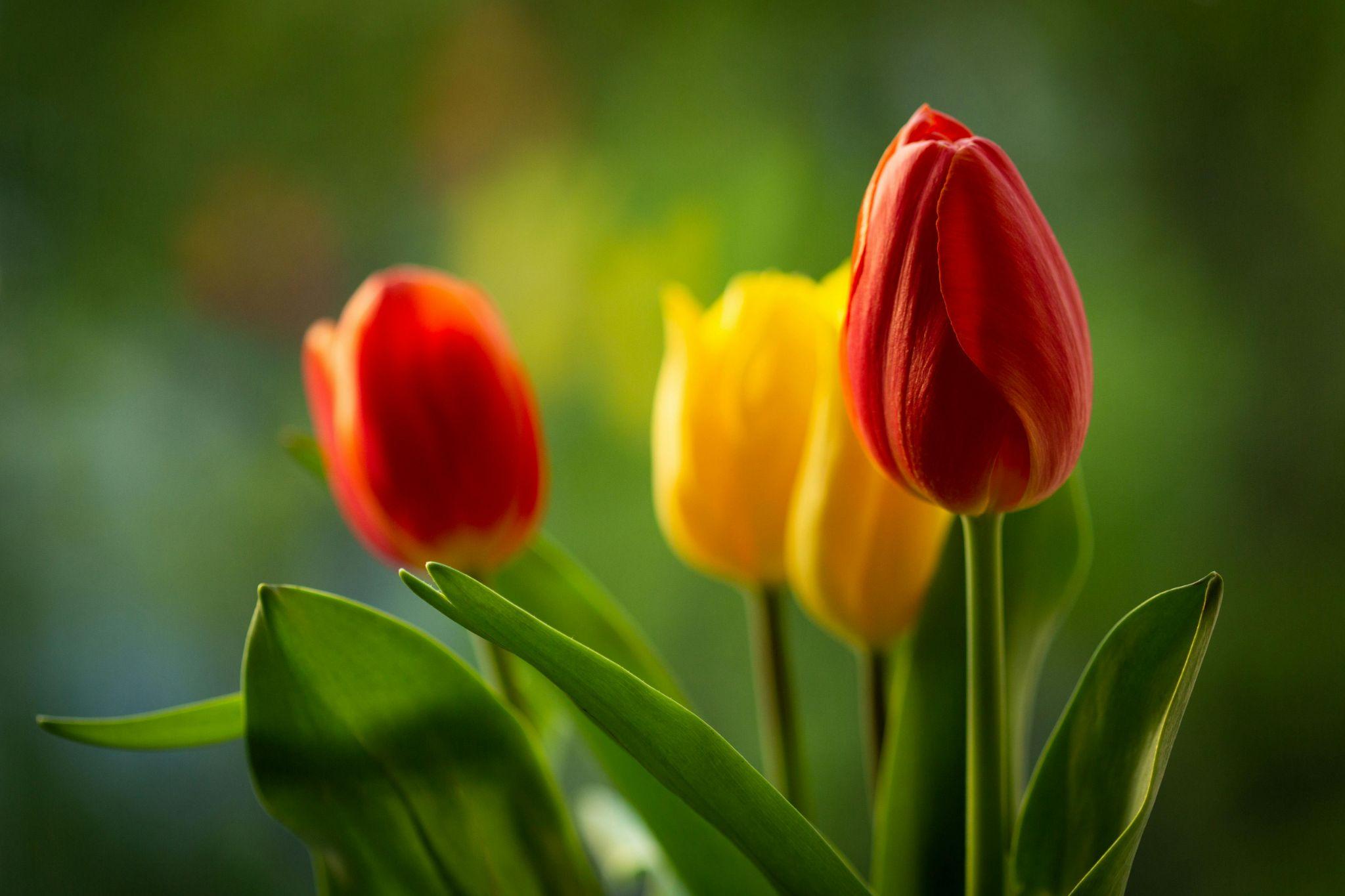Best Plants for Low‑Maintenance Backyard Gardens

Creating a beautiful backyard garden doesn’t have to consume your weekends or drain your water bill. The best plants for low‑maintenance backyard gardens are those that thrive with minimal intervention while delivering maximum visual impact throughout the growing season.
Modern homeowners increasingly seek garden solutions that provide natural beauty without demanding constant attention, making strategic plant selection the foundation of successful low‑effort landscaping.
Why Low‑Maintenance Gardens Matter
Low‑maintenance gardens offer significant advantages for busy households, reducing both time investment and ongoing costs while supporting environmental sustainability. These thoughtfully designed spaces require less water, fewer chemical inputs, and minimal seasonal interventions compared to traditional high‑maintenance landscapes.
The Environmental Upside
Sustainable gardening practices through low‑maintenance plant selection contribute meaningfully to environmental conservation and local ecosystem health:
- Water conservation through drought‑tolerant species that reduce irrigation needs by 30‑50%
- Biodiversity enhancement by supporting native pollinators and beneficial insects
- Reduced chemical dependency eliminating synthetic fertilizers and pesticides
- Soil health improvement through deep‑rooted perennials that prevent erosion
- Carbon sequestration via established woody plants and permanent garden structures
The Practical Advantages
Beyond environmental benefits, low‑maintenance gardens transform daily outdoor experiences by minimizing routine tasks and maximizing enjoyment. These gardens require less frequent weeding due to established plant communities that naturally suppress unwanted growth, offer predictable seasonal rhythms that eliminate guesswork, and create stress‑free outdoor spaces perfect for relaxation rather than constant maintenance.
Top Low‑Maintenance Plant Types
The most successful low‑maintenance backyard gardens incorporate three core plant categories: resilient perennials that return annually, sturdy shrubs providing structural backbone, and spreading ground covers that eliminate lawn maintenance. Each category serves specific functions while requiring minimal ongoing care once established.
Perennials That Come Back Year After Year
Hardy perennials form the backbone of sustainable garden design, offering reliable performance with minimal annual investment. These plants establish deep root systems that access moisture and nutrients independently while providing consistent seasonal displays. According to the USDA National Institute of Food and Agriculture, incorporating perennials into home landscapes contributes to reduced labor and promotes soil health over time.
| Plant Species | Bloom Period | Sun Requirements | Maintenance Level |
|---|---|---|---|
| Purple Coneflower | July‑September | Full sun | Very low |
| Sedum varieties | August‑October | Full sun to partial shade | Minimal |
| Daylilies | June‑August | Full sun to partial shade | Low |
| Black‑eyed Susan | July‑September | Full sun | Very low |
| Hosta varieties | June‑July | Partial to full shade | Low |
Easygoing Shrubs and Woody Plants
Shrubs and woody plants provide essential garden structure while requiring minimal annual maintenance once properly established. These long‑lived additions offer multiple seasons of interest through flowers, foliage, and architectural form.
- Extended lifespan with many species thriving for decades without replacement
- Minimal pruning requirements with most needing attention only every 2‑3 years
- Seasonal interest through spring blooms, summer foliage, and winter structure
- Natural pest resistance due to established root systems and mature plant defenses
- Soil improvement through leaf drop and root expansion that enhances surrounding areas
Ground Covers and Lawn Alternatives
Strategic ground cover selection eliminates traditional lawn maintenance while providing attractive, functional surface coverage. These spreading plants create living carpets that suppress weeds and reduce erosion.
Top drought‑tolerant options:
- Creeping thyme (full sun, fragrant foliage)
- Lamb’s ear (partial shade, silvery texture)
- Moss phlox (full sun, spring blooms)
- Wild ginger (full shade, heart‑shaped leaves)
- Ajuga (partial shade, purple flower spikes)
Planting for Climate and Local Conditions

Successful low‑maintenance gardening begins with selecting plants naturally adapted to local soil conditions, moisture patterns, and temperature extremes. Regional compatibility ensures plants thrive without constant intervention or resource supplementation.
Native Plants for Natural Landscaping
Native plant species offer unmatched advantages for sustainable garden design, having evolved specifically for local growing conditions over thousands of years. These plants require significantly less water, fertilizer, and pest management compared to non‑native alternatives.
| Characteristic | Native Plants | Non‑Native Plants |
|---|---|---|
| Water needs | 50‑70% less irrigation | Regular supplemental watering |
| Pest resistance | Natural defenses established | Often requires intervention |
| Soil adaptation | Thrives in existing conditions | May need soil amendments |
| Wildlife support | Supports 3‑4x more species | Limited ecosystem value |
| Establishment time | Quick root development | Longer adaptation period |
Drought‑Tolerant Choices for Water Conservation
Xeriscaping principles emphasize plants that thrive in low‑water conditions while maintaining attractive appearance throughout dry periods. These species typically feature deep taproots, waxy leaf coatings, or succulent tissues that store moisture efficiently.
- Rosemary – evergreen herb with blue flowers and culinary value
- Lavender – fragrant purple spikes attracting beneficial pollinators
- Russian sage – silvery foliage with abundant purple‑blue blooms
- Ornamental grasses – fountain grass, blue fescue, little bluestem
- Sedums – diverse succulent family with varied forms and colors
- Yarrow – feathery foliage with flat‑topped flower clusters
Design and Layout Tips for Effortless Gardening
Strategic garden design reduces maintenance requirements by grouping plants with similar needs, minimizing high‑maintenance lawn areas, and incorporating hardscaping elements that require no ongoing care. Thoughtful layout decisions made during initial planning prevent years of unnecessary maintenance tasks.
Simplifying with Plant Groupings
Companion planting and guild‑based design create self‑sustaining plant communities that support each other’s growth while reducing individual maintenance needs. These natural partnerships improve soil health, manage pests, and optimize resource utilization.
- Pollinator patches combining native wildflowers, herbs, and ornamental grasses
- Shade clusters featuring hostas, ferns, and woodland ground covers
- Mediterranean groupings with lavender, rosemary, and drought‑tolerant perennials
- Prairie‑style plantings mixing native grasses with seasonal wildflowers
- Edible landscapes incorporating fruit trees, berry bushes, and perennial vegetables
Reducing Lawn and Hardscaping Alternatives
Traditional lawn grass requires more water, fertilizer, and maintenance time than any other landscape element. Strategic replacement with alternative surfaces dramatically reduces ongoing care requirements.
| Surface Type | Weekly Maintenance | Water Needs | Annual Costs |
|---|---|---|---|
| Traditional lawn | 2‑3 hours mowing/edging | High irrigation | $300‑500 |
| Native ground cover | 15 minutes inspection | Minimal watering | $50‑100 |
| Gravel pathways | No maintenance | None | $25‑50 |
| Mulched beds | 30 minutes weeding | Low irrigation | $75‑150 |
Seasonal Maintenance and Care Tips

Even the most low‑maintenance gardens benefit from light seasonal attention that prevents minor issues from becoming major problems. These simple interventions maintain plant health and garden appearance with minimal time investment.
Low‑Effort Seasonal Actions
Streamlined seasonal maintenance focuses on high‑impact activities that support long‑term garden health without requiring extensive time commitments or specialized knowledge.
Spring tasks:
- Apply 2‑3 inch mulch layer around established plants
- Divide overcrowded perennials every 3‑4 years
- Remove winter‑damaged growth from shrubs and perennials
Summer tasks:
- Deep water weekly during extended dry periods
- Deadhead spent flowers to encourage continued blooming
- Monitor for pest issues and address organically when possible
Fall tasks:
- Leave ornamental grass and perennial seed heads for winter interest
- Plant new additions while soil remains warm
- Collect and compost healthy fallen leaves
Winter tasks:
- Plan next year’s additions and changes
- Order plants and materials for spring installation
- Enjoy garden structure and evergreen elements
Monitoring and Adjusting Over Time
Successful low‑maintenance gardening requires periodic observation and minor adjustments rather than intensive intervention. Regular monitoring helps identify optimal growing conditions and necessary modifications.
- Soil moisture levels – adjust watering frequency based on rainfall and plant response
- Plant vigor and growth patterns – relocate struggling specimens to more suitable locations
- Weed pressure – add mulch or ground cover to areas with persistent weed issues
- Seasonal performance – note which plants excel and plan to expand successful varieties
- Wildlife activity – encourage beneficial species while managing problematic visitors
Conclusion
The best plants for low‑maintenance backyard gardens combine natural resilience with sustained beauty, creating outdoor spaces that enhance daily life without demanding constant attention. By selecting regionally appropriate species, designing with maintenance reduction in mind, and implementing simple seasonal care routines, any homeowner can achieve a thriving garden that provides years of enjoyment with minimal ongoing investment. Start with one manageable garden zone, focus on proven low‑maintenance varieties, and gradually expand your sustainable landscape as time and interest allow.
